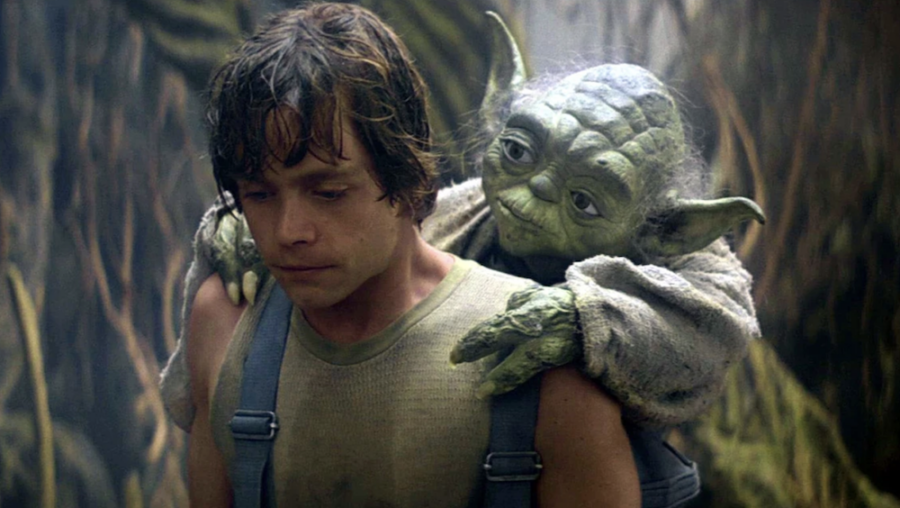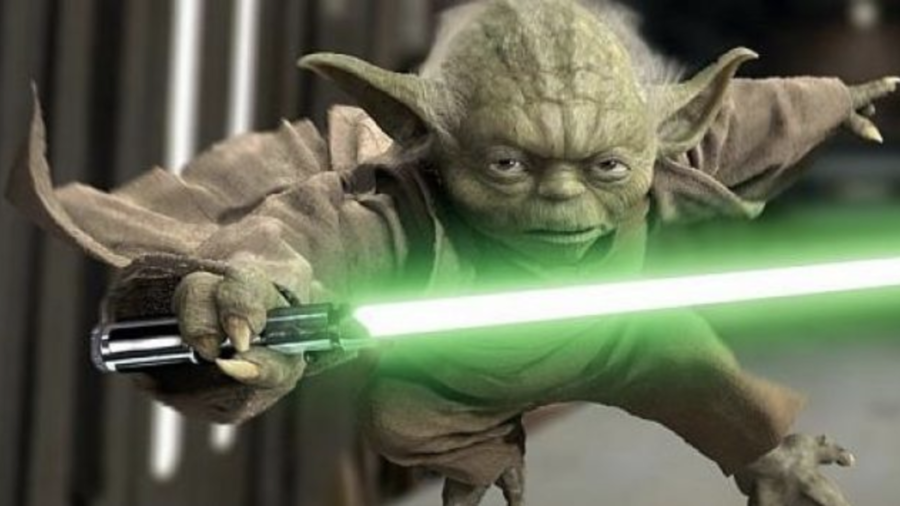The Forgotten Martial Arts Movie That Changed Star Wars History

For the most part, few people associate Star Wars with martial arts the same way they associate movies like The Matrix. The Asian influences on Star Wars are too numerous to name, but after all these decades, you’ll still get weird stares from people if you try to call something like Attack of the Clones a kung-fu movie. In reality, though, that film’s iconic lightsaber battle between Yoda and Count Dooku was inspired by a forgotten Jet Li martial arts movie, Swordsman II.
To understand how Star Wars was inspired by this martial arts movie, we need to review one of my favorite stories related to the prequels. Rob Coleman served as the animation director for The Phantom Menace, and after he successfully brought things like Battle Droids and Jar-Jar Binks to life, Lucas invited him to work on the sequel film. Going in, he knew that his most difficult task was going to be animating Yoda during the duel with Count Dooku, so he eagerly awaited a script that, he hoped, would detail exactly what Lucas wanted him to do.
The Star Wars stunt master gave some practical, real-world examples of people fighting with smaller weapons, but these real-world martial arts notes were not enough to help Coleman figure out Yoda’s fighting style.
When Coleman got the script, he was shocked to see that Lucas had described the climactic duel in a single sentence. “In a fight that defies description, Yoda and Count Dooku battle.” The animator scheduled a meeting with George Lucas to get more clarification on how the battle should go down. However, the Star Wars creator doubled down on the vagueness, simply telling Coleman, “Yeah, yeah…You gotta figure that out.”

The biggest question Coleman had at first was how the fight should look considering that Yoda has a much smaller weapon than Dooku. This led the animation guru to consult Nick Gillard, the stunt coordinator working with the other duelists in the film: Ewan McGregor, Hayden Christianson, and Christopher Lee. The Star Wars stunt master gave some practical, real-world examples of people fighting with smaller weapons, but these real-world martial arts notes were not enough to help Coleman figure out Yoda’s fighting style.
For Rob Coleman, this scene has likely become bittersweet: his hard work paid off at first, with premiere audiences of Star Wars super-fans loving Yoda’s martial arts moves.
Next, the animator got advice from the most unexpected source: Ahmed Best, the Jar-Jar Binks actor. Best was a big fan of anime, and Coleman remembers the young actor recommending anime titles that might offer inspiration (sadly, he didn’t name them in the interview). The idea of making Yoda’s fighting hyperkinetic a la anime was a good one, but the final pieces of this Star Wars puzzle didn’t fall into place until Coleman attended a screening of the Jet Li martial arts movie Swordsman II.
During the old interview with the official Star Wars site where Coleman revealed this information, he focused on how the ninja in the film used otherworldly martial arts to duel with their foes.
One scene in particular served as Coleman’s chief inspiration. “In that movie, there’s a nighttime scene in a bamboo forest, and the ninja are leaping from tree to tree, bouncing around,” he said. “And I thought, ‘Ah, all right. There’s the inspiration for Yoda to be able to jump around.’”
During the old interview with the official Star Wars site where Coleman revealed this information, he focused on how the ninja in the film used otherworldly martial arts to duel with their foes. Watching this, everything clicked for Coleman, and a Yoda who could jump around and attack from surprising angles could easily hold his own against someone like Count Dooku. If you go back and watch the scene he is talking about, it’s easy to see how much this kung-fu movie inspired Attack of the Clone with one high-flying ninja attack after another.
For Rob Coleman, this scene has likely become bittersweet: his hard work paid off at first, with premiere audiences of Star Wars super-fans loving Yoda’s martial arts moves. These days, however, fan consensus is mostly what he feared: that all the “jumping and leaping and flipping” comes off as “a little too cartoony.” However, the creatively bankrupt Sequel Trilogy is a reminder that the prequels knew how to take risks, and even if it didn’t exactly connect, we should respect Coleman for taking a very big swing with this scene.












